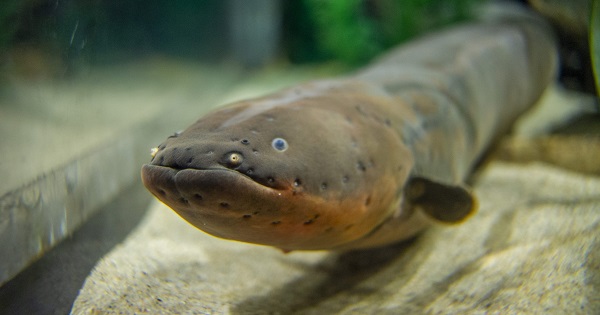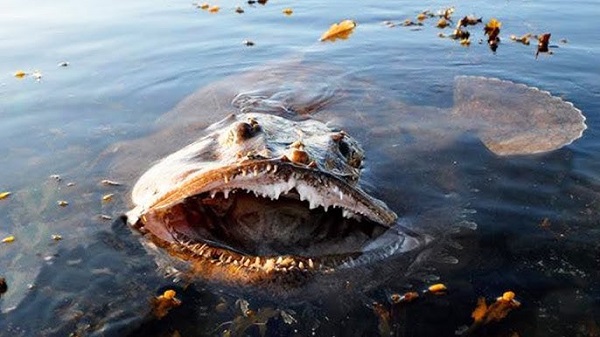
Our oceans and seas are filled with incredible and terrifying creatures discovered and more still yet to be discovered. Many may look admiring and attractive but it’s better to avoid most of them.
Beneath the waves are millions of not-so-friendly sea-dwellers – and they exist in every continent, from Oceania to Asia and Central America. On this list below, readers will be able to identify some dangerous sea creatures in the world. Each creature listed is capable of causing an incredibly painful sting to respiratory failure, swelling, hospitalization, and even death.
1. Australian box jellyfish
The Australian box jellyfish is known as the deadliest sea creature. It has 10-foot-long tentacles which deliver venom that attacks the heart, nervous system, and skin cells, leading to paralysis, cardiac arrest, and death in as little as two to five minutes if untreated.
Yet, another terrifying thing is that these creatures are also equipped with 24 eyes that help them navigate through the water. 79 deaths have been recorded in Australia since the late 1800s, the global death toll is likely more heightened due to underreporting in territories like Southeast Asia.
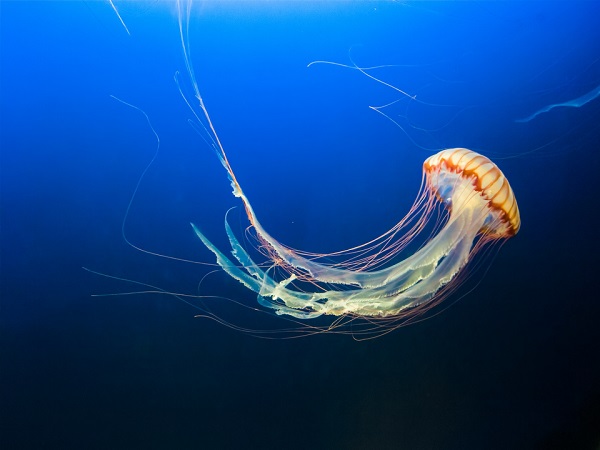
2. Saltwater Crocodile
Saltwater crocodiles are the world’s largest reptiles weighing up to 2,200 lbs with their males reaching up to 20 feet long. With their scary faces they have the biggest ‘bite force’ of any land animal, inhabit both land and water, and can live up to 65 years. They even sleep with one eye open.
Saltwater crocodiles are accountable for hundreds of attacks worldwide, with fatality and brutality rates varying by region. As recorded in Indonesia alone, there were 170 attacks in the last decade, of which 85 were deadly.
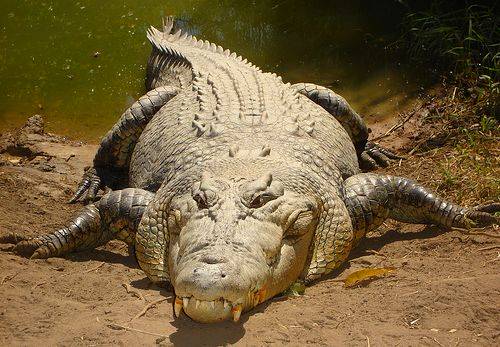
3. Stonefish
Stonefish was named after its rocky look. They are masters of camouflage and often invisible to the naked eye, they strike when stepped on, shooting their venom into victims via their defensive dorsal spines. They are also regarded as the most venomous sea creatures. The result of their venoms after an attack is excruciating pain, paralysis, necrosis, and, if untreated, heart failure – all in less than an hour.
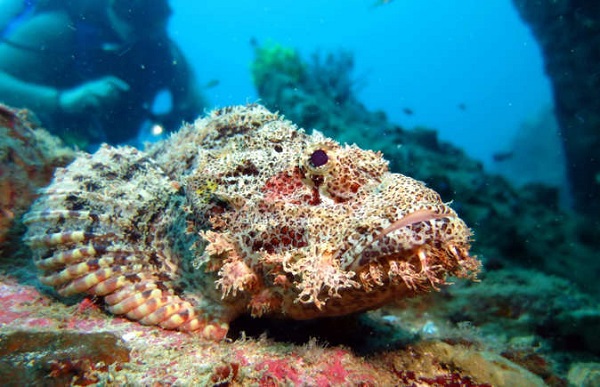
4. Blue-ringed Octopus
This is one of the most beautiful but deadly sea creatures. Its appealing appearance can be regarded as a deceit. While its electric blue markings may make a striking photo, they’re a warning to predators – they’re only visible when these cephalopods feel threatened, by which time it’s often too late. Their painless bite causes respiratory failure and death, all within minutes and there’s no antidote. Sadly, victims typically remain conscious but paralyzed as the toxin takes effect.
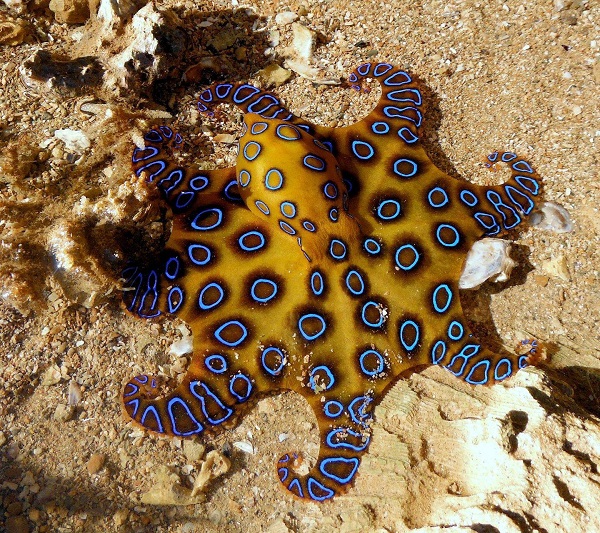
5. Geography Cone Snail
The geography cone snail is the deadliest species within the cone snail family, known for having the most powerful venom and being competent in killing humans with just a single sting. The venom for which there is no known antidote contains a mixture of conotoxins, which can cause paralysis, respiratory failure, and death. Although fatalities are rare due to limited encounters with humans, the geography cone snail has been responsible for at least 30 recorded deaths. Its nickname, the ‘cigarette snail’ comes from the grim idea that a victim would only have enough time to smoke a cigarette before succumbing to the venom – a metaphor highlighting the rapid action of the toxin.
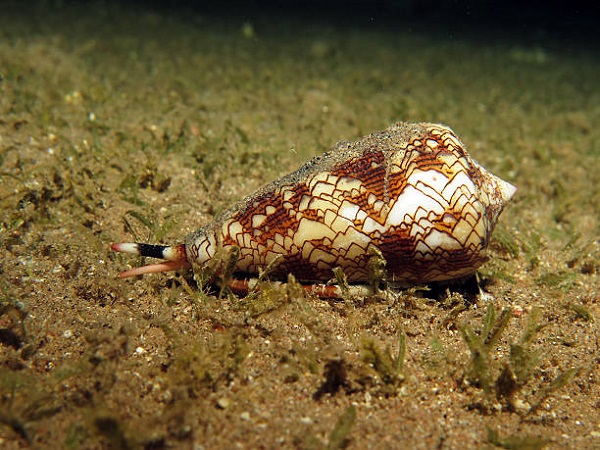
6. Great White Shark
Surprisingly, they may seem low on the list but great white sharks are quite rare as they are brutally deadly. There have been 59 confirmed fatalities from these shark attacks globally since record-keeping began in 1580. The great white shark is responsible for the highest number of fatal shark attacks, with 351 unprovoked bites recorded in total. In 2023 alone, three fatal attacks by great whites were reported, two of which occurred in Australia and one in California.
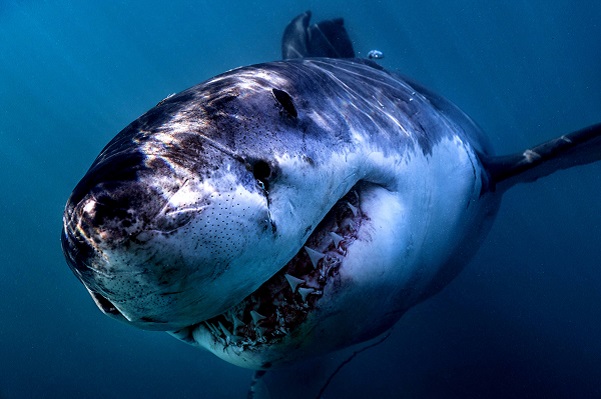
7. Beaked Sea Snake
There are over 60 species of venomous sea snakes lurking in the ocean’s depths, but most are relatively docile. The beaked sea snake’s incredibly potent venom delivered via powerful fangs is four to six times more toxic than that of a cobra and can cause severe paralysis, including of the diaphragm. Found throughout Asia and Australasia, they’re partial to a slither on sand too. Most bites occur when they get tangled up in fishermen’s nets.
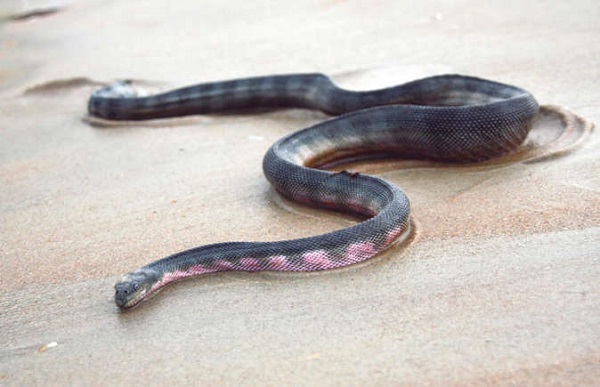
8. Tiger Shark
The tiger shark, one of the ocean’s most feared predators, is known for its distinctive stripes and voracious appetite. These fearsome beasts can grow up to 16 feet in length and weigh more than 2,000 lbs. Found in tropical and subtropical waters, they are responsible for the second-highest number of attacks on humans, after great white sharks. Their powerful jaws and serrated teeth can cause significant damage, although attacks remain relatively rare.
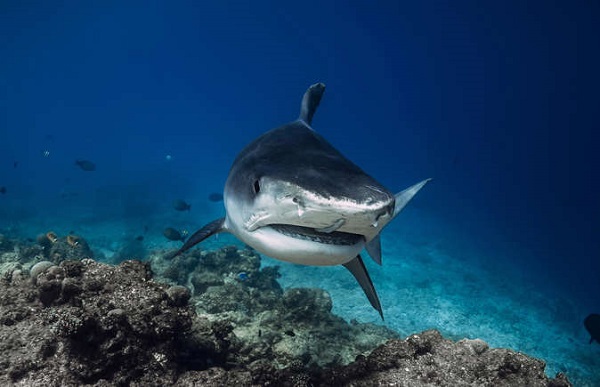
9. Dubois’ Sea Snake
Prescribed ‘Most Venomous Marine Sea Snake’ in The Guinness World Records, Dubois’ sea snake is native to the Pacific Ocean and also, one of the top three most venomous of all snakes on Earth. Though usually docile, it will only bite if provoked – its potent neurotoxic venom can cause severe symptoms such as paralysis, drooping eyelids, and muscle necrosis.
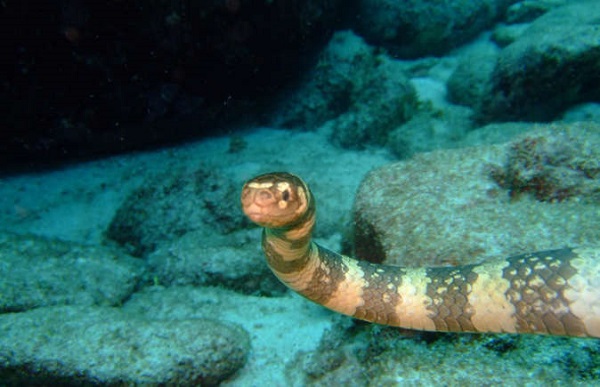
10. Flower Urchin
Flower urchins’ scientific name is Toxopneustes pileolus taken from the Greek meaning ‘poison breath’ which should give you a clue as to their nature. While their pink-tinged hue may look pretty, the sting it can deliver is anything but, causing severe pain, paralysis, and drowning for deep-sea divers and swimmers. Their venomous claws can even pierce through a wetsuit.
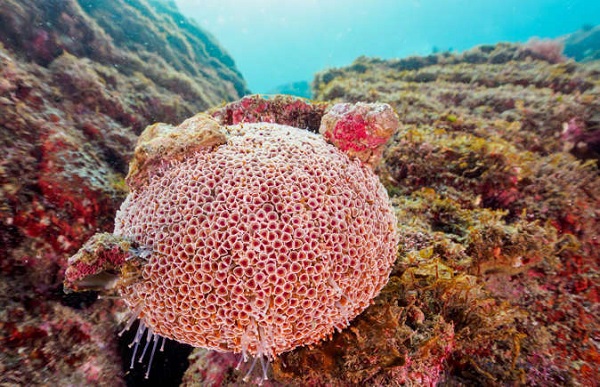
11. Putterfish
Better known as fugu in Japan. They are famous for their spikes and potentially deadly toxins. Although highly prized as a delicacy, pufferfish contain tetrodotoxin, a neurotoxin which can cause paralysis, respiratory failure, and death. Due to this risk, chefs must undergo years of training and obtain a government license to legally prepare the fish. If mishandled, diners could be exposed to the toxin, which is 1,200 times more toxic than cyanide, with no known antidote.
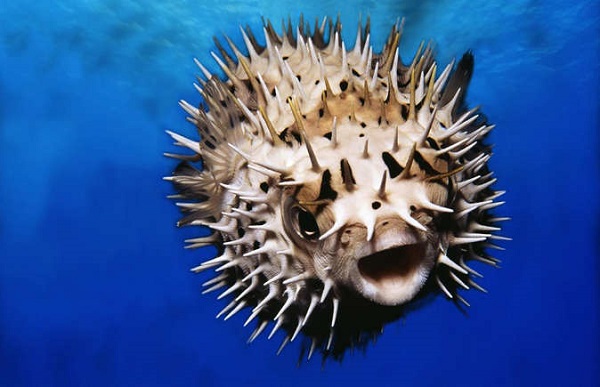
12. Portuguese Man O’ War
Delinquent to popular belief, it’s not a jellyfish but a siphonophore, a colony of individual organisms working together. Its long tentacles, which can stretch up to 100 feet, deliver an excruciatingly painful sting via venomous cells, causing red welts and discomfort that can last for weeks.
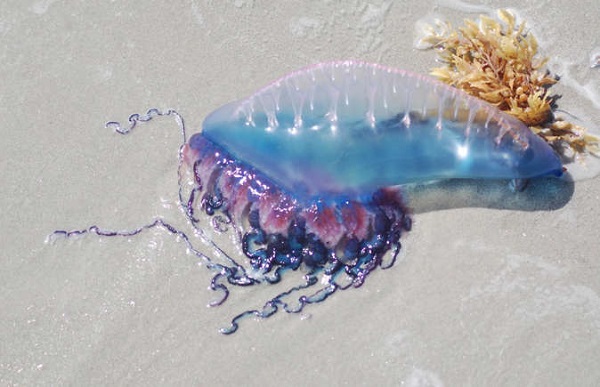
13. Lionfish
The Lionfish is an interfering species in the Atlantic Ocean that poses a threat to both humans and reef ecosystems. Its striking appearance, with distinctive maroon and white stripes and fan-like pectoral fins, belies the danger hidden in its venomous spines. While not usually fatal, a Lionfish sting can cause excruciating pain, swelling, and even respiratory distress or paralysis. Divers and snorkelers should be cautious, as the venom can have lasting effects. If stung, seeking immediate medical attention is crucial.
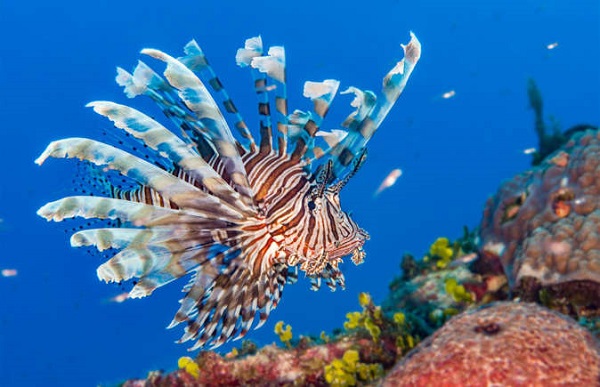
14. Leopard Seal
Some seals have a cuddly image but not leopard seals. Armed with a mouthful of razor-sharp teeth and an aggressive disposition to match, they have a history of attacks against humans who get too close, particularly in Antarctica. Leopard seals grow to over 11 feet in length and can weigh up to half a tonne, so their incredible strength makes it difficult to fight back. In 2003, marine biologist Kirsty Brown tragically died after being forcibly taken underwater by a leopard seal.
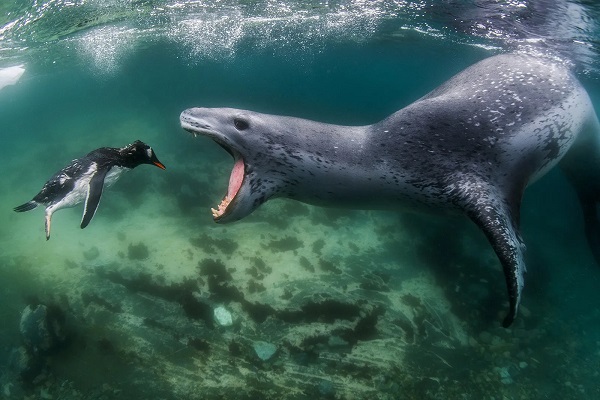
15. Electric Eel
Electric eels aren’t eels at all, but fish – closer to a carp or catfish. Native to the murky streams and ponds of South America, they usually emit a low-level charge of fewer than 10 volts but can ramp this up to a shocking 860 volts for defence or hunting. While electric eel attacks are mercifully rare, those unlucky enough to receive multiple jolts have suffered respiratory and heart failure or even drowned due to the shock. They’re also enormous, measuring up to eight feet (2.4m) in length and tipping the scale at 44 lbs.
